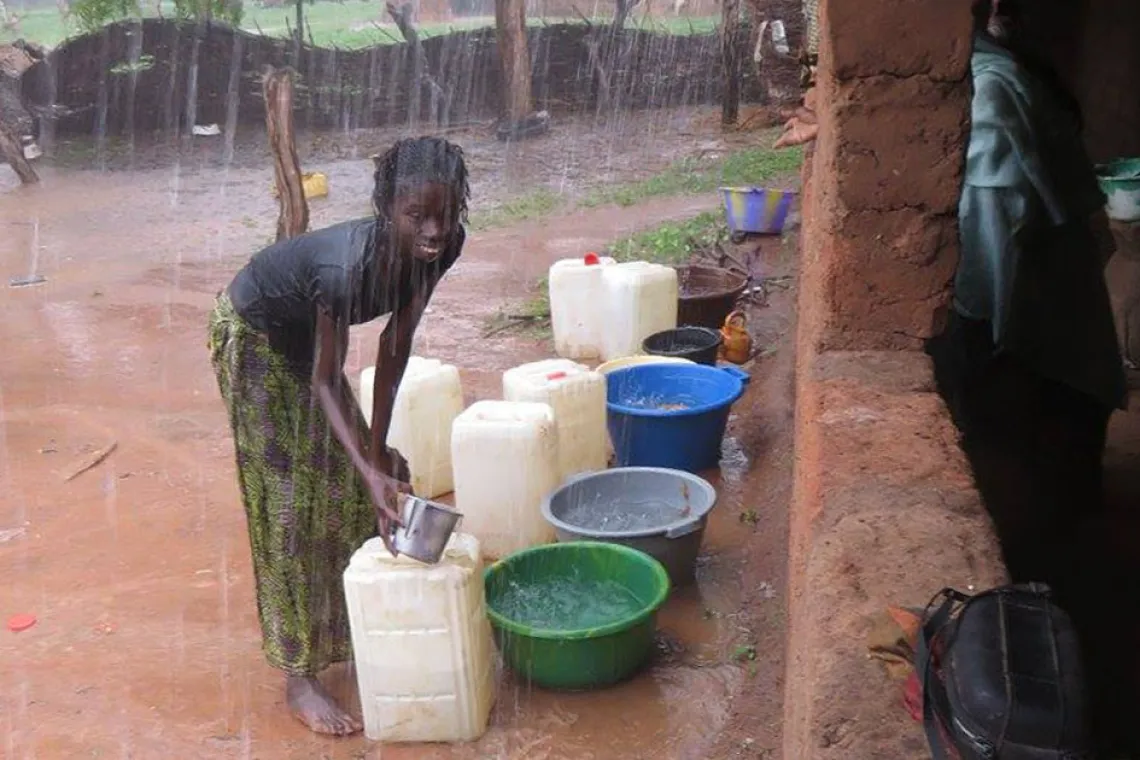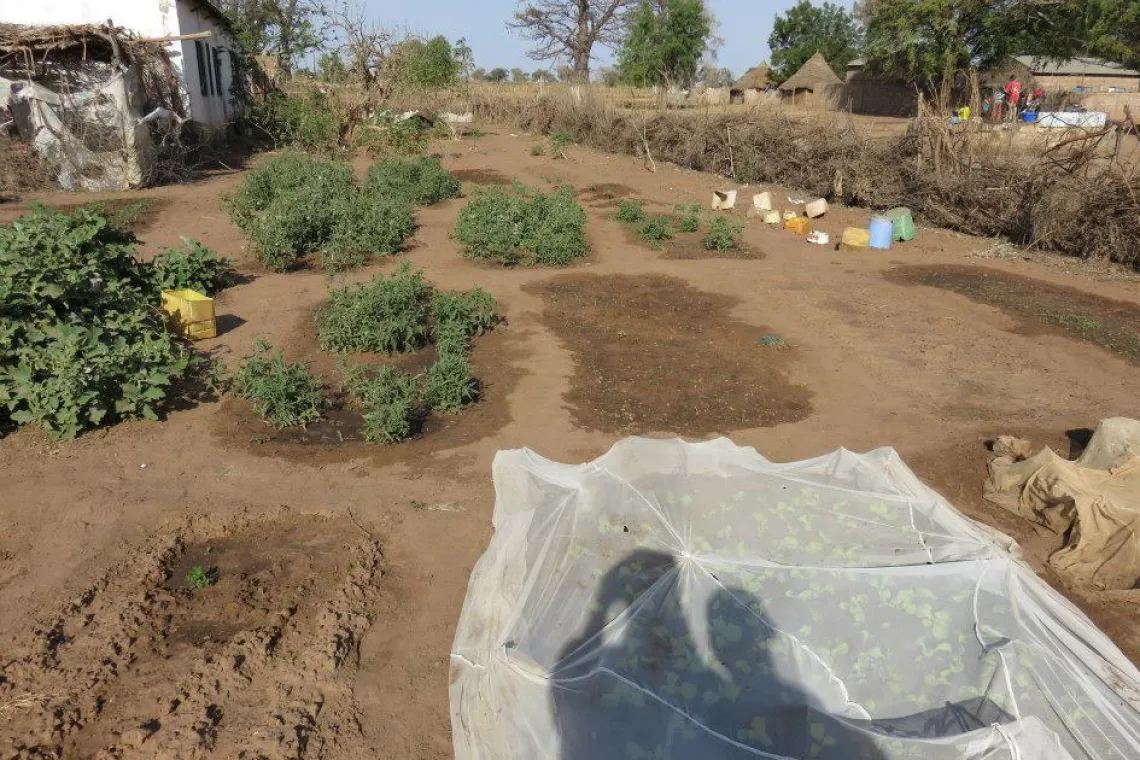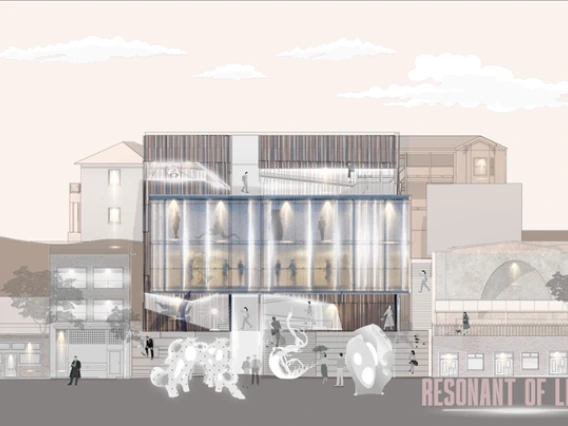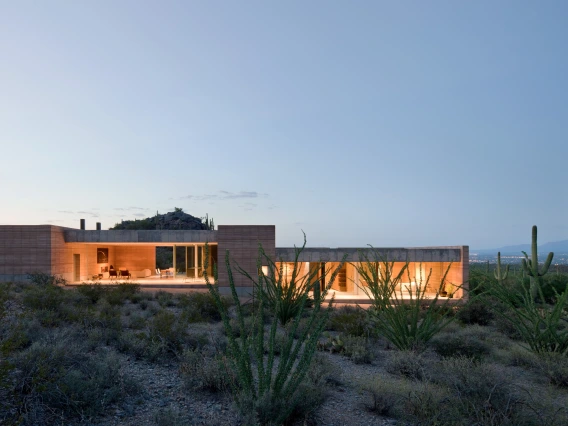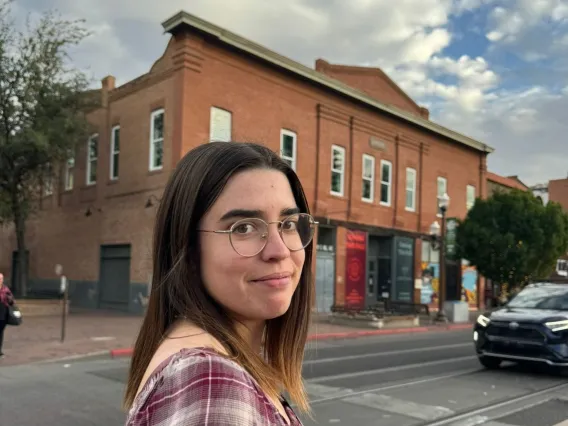Coverdell Fellow Profile: Rebecca Johnstone '20 MLA
Rebecca Johnstone served as a Peace Corps Volunteer in The Gambia before joining CAPLA's Master of Landscape Architecture program.
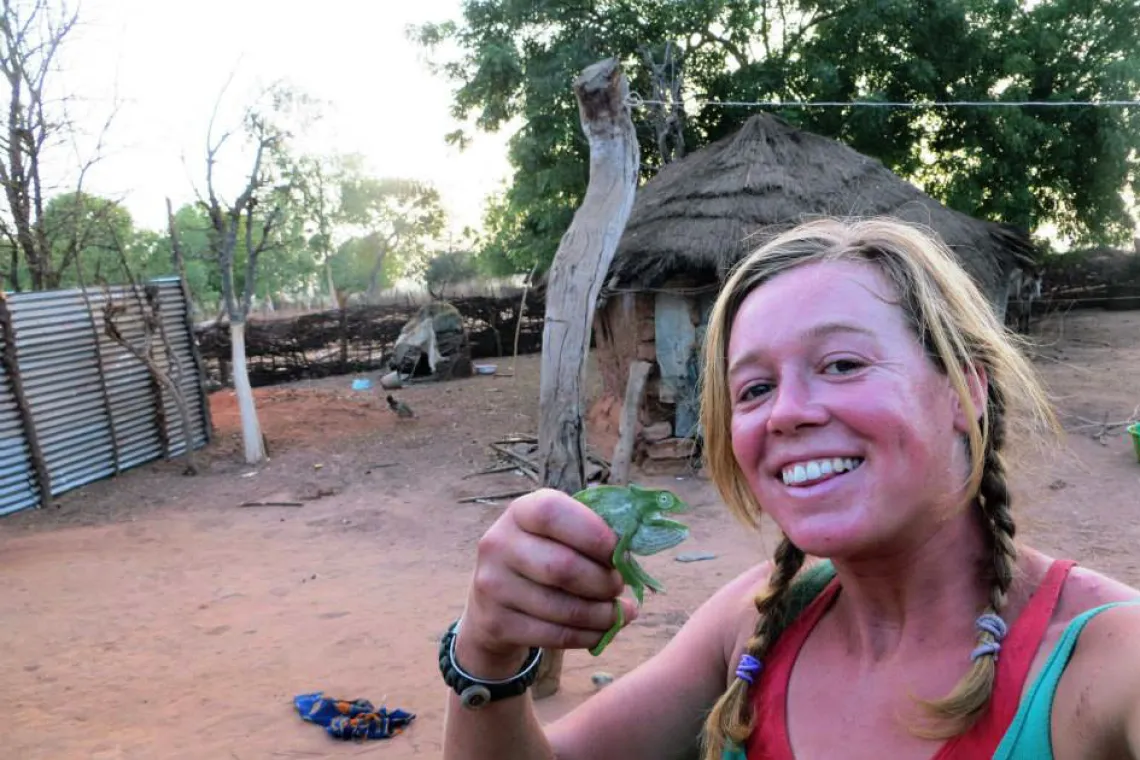
The University of Arizona is proud to offer generous Coverdell Fellowships to Returned Peace Corps Volunteers (RPCVs) who are enrolled in an urban planning graduate program. The Coverdell Program provides tuition assistance and internship opportunities. Coverdell Fellows find a robust Peace Corps community at the University of Arizona and in Tucson, and many are CAPLA alumni.
Tell us where you went! How did that change your life?
I first decided to join the Peace Corps because I didn’t know what I wanted to do with my wildlife management degree from Montana State University. The Peace Corps had a couple positions in wildlife protection in South America, so I focused on going for those. What I didn’t know was that Peace Corps had a totally different path for me. June 1, 2013 I got my letter of acceptance saying I was offered and Environment/Agricultural position in The Gambia. At first I didn’t even know where The Gambia was. It is the smallest country in Africa. In some ways The Gambia was not very ideal for me. There wasn’t much wildlife left in The Gambia and there were no mountains. The highest mountain was 150 feet high or so. What Gambia did offer was its wonderful culture and welcoming people. It showed me how much I enjoyed growing food and trees. It led me on the path towards learning more about permaculture, which is essentially landscape architecture.
Multifunctioning landscapes are what sustained the people of the Gambia. Their backyards were places to grow sweet potatoes and mango trees. The trees provided shade in the summer when there were temperatures over 120 degrees Fahrenheit, and the sweet potato vines protected the soil from drying out and blowing away in the wind. When you live where life is all about being self-sustaining, you start to really notice what is worth growing where and when. If you don’t, then you won’t eat. In America we just try to grow whatever we want to eat at the time we want it, and sometimes it works even if it is not the season for the that fruit or vegetable, because we can add extra nutrients or give it extra sun or water it more. In the Gambia, their fields are only grown on the water from the sky. No one is going to hand pump hundreds of gallons of water and carry it on a donkey carriage to their field and hand water each day. There isn’t enough water in their wells and nature does a good enough job on their own. What they can do is to help their soil produce more food.
How did the experience lead you to studying landscape architecture at CAPLA?
Learning about permaculture and how it takes a multifunctional role in each of its designs is what drew me to landscape architecture. Permaculture teaches us to direct water passively and actively from the sky to the food and shade crops that we need to sustain ourselves. It takes a holistic look at the most efficient uses of all parts of a whole and places them where they would be most beneficial. I knew I would be able to turn these practices into a career by studying landscape architecture.
Tell us about your current fellowship.
Currently I am working with Tucson Clean and Beautiful as a designer for their Neighborhood Scale Stormwater Harvesting Program. The city has given $45,000 per ward per year for neighborhoods to submit proposals for stormwater harvesting projects. As a nonprofit, they have been able to help neighborhoods build anything from pocket parks to chicanes and roundabouts that add shade, vegetation, habitat, and reduce flooding in Tucson.
How do you plan to change the world?
I think me changing the world is a bit extreme, but I hope everyone coming out of our landscape architecture program learns what it means to be able to improve the landscape of our cities. That in itself is helping the world. When we include a few more trees, a bit more earthwork, and a little less concrete and asphalt, our concrete jungle will hopefully be slowly chipped away piece by piece. Another thing landscape architects can do is protect the land that isn’t yet built. Wilderness areas should be protected. This is a job for politicians, planners, and all citizens, but landscapes architects have a role there as well.



